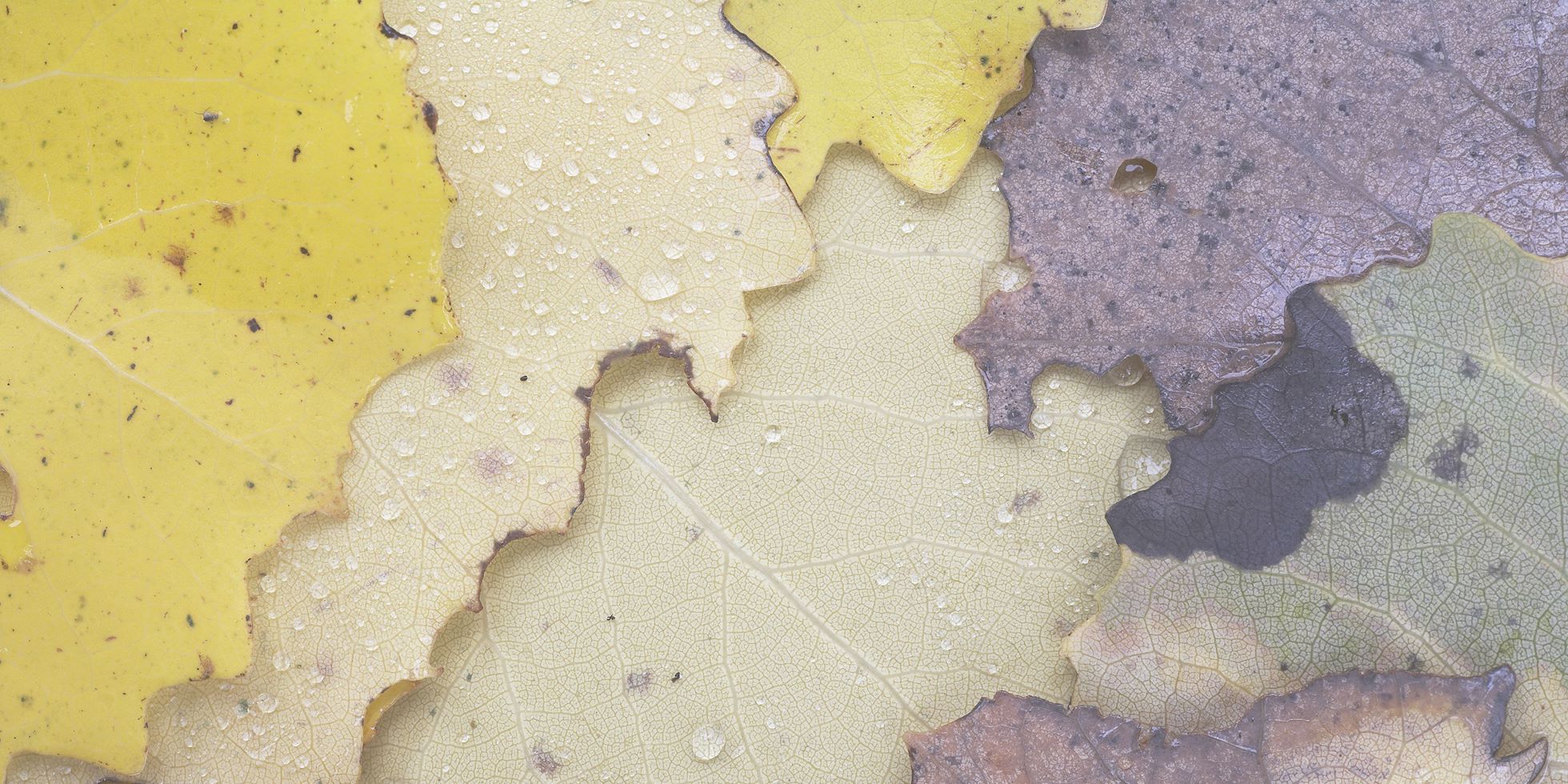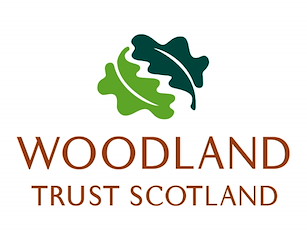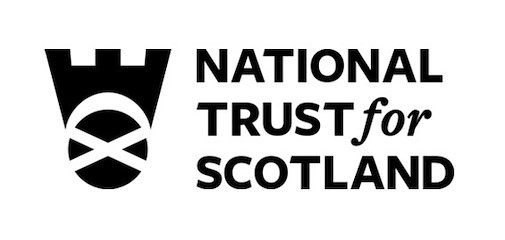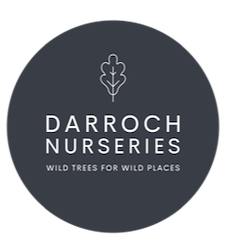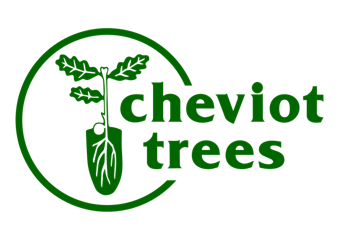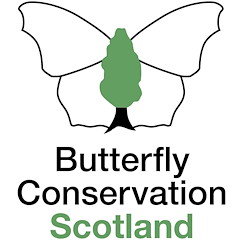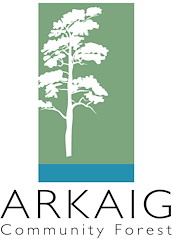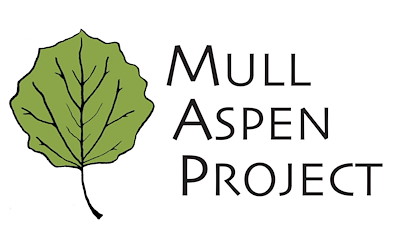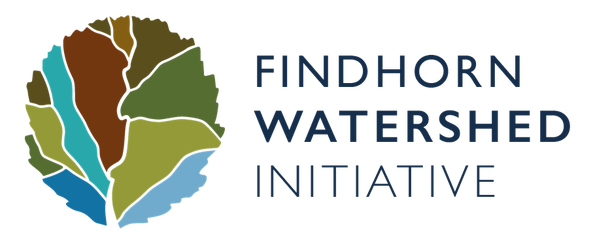
Imagine an autumnal Scottish riverbank, resplendent with the golden hues and quivering leaves of a thriving aspen woodland.
Scotland’s native aspen, Populus tremula, has disappeared from many of our landscapes. Readily browsed by grazing animals and rarely setting seed in Scotland, the bright yellow groves of autumnal aspen that would once have been commonplace now survive only in scattered fragments, often clinging to rocky slopes and gorges beyond the reach of hungry herbivores.
Let’s paint Scotland yellow!
The Painting Scotland Yellow campaign shines a light on this spectacular tree, revealing its unique and multi-faceted role in our landscape.
Supported by a wide range of organisations and businesses, Painting Scotland Yellow seeks to inform and inspire more people, at all levels, to recognise aspen as a key component of healthy woodlands. As a result, we will see more aspen in the landscape – through natural regeneration, as well as increased planting.
RECOGNISING ASPEN
Would you be able to identify aspen while out walking? We want to make aspen as well-known and widely appreciated as oak, hazel and rowan!

